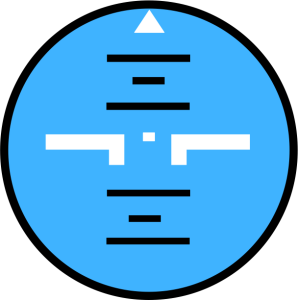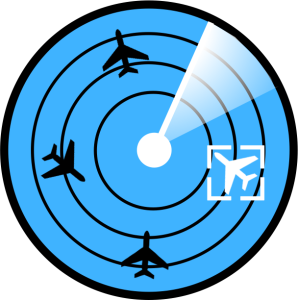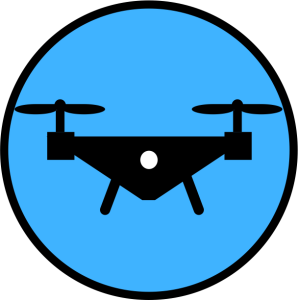About our Research
Effective human-machine interaction through ecological design.
At Delft Ecological Design we aim to support human operators in controlling complex systems by designing inspiring, engaging, and informative visual interface representations. We approach the interface design problem from an ecological perspective by putting the emphasis on analyzing and visualizing the fundamental laws and principles that govern dynamic control tasks, ranging from manual control tasks (such as flying an aircraft) toward supervisory control tasks in highly automated work environments.
Inspired by the Ecological Interface Design (EID) and Cognitive Systems Engineering (CSE) frameworks, we create visual representations that go beyond giving access to data and that impact people’s abilities to understand the nature of a control problem more clearly (e.g., increasing situation awareness) and think more creatively about solutions (decision-making). In general, our visual representations depict the space of possibilities, which defines opportunities for action to solve a particular control problem.
The visual representation of this space is based on a thorough analysis and mathematical modelling of the physical and intentional constraints that bound the space of possibilities. By presenting this space on the interface and embedding it in the design of automation, we strive to create shared human-automation representations that give the human operator the necessary insights into the laws governing the control problem (needed for intervention) and the rationality guiding the automation (needed for supervision of automated processes). For a more detailed overview of this approach (and the origin of our logo), please read here.
Given our background and education in control engineering for aerospace applications, we apply ecological design principles to:
- Flight deck displays and automation
- Air traffic control work stations and automation
- Ground control stations for Unmanned Aerial Vehicles
- Complexity models for pilot and air traffic controller workload prediction
Despite our focus on aviation, the design principles are not uniquely suited for aviation. The approach is useful for all sociotechnical work domains and control problems warranting human supervision (e.g., highly automated cars, robotic surgery, (nuclear) power plants, marine vessel traffic, etc.). We are therefore always interested to collaborate in projects and research activities outside aviation that may benefit from our experiences in making the ecological approach concrete.
Our Research Themes

Flying an aircraft safely and efficiently from point A to point B depends on a number of related factors: internal aircraft performance constraints versus external hazards, such as weather, terrain, and other traffic. To make control decisions, pilots may ask themselves questions like: Does the current state of my aircraft allow me to fly over the mountain ahead and/or avoid an approaching aircraft? If yes, what do I need to do to make this happen? If not, what other opportunities for action do I have?
Our projects in this application domain aim to visualize the aircraft performance constraints (affected by specific configurations and failures) in ways such that they can be related to external constraints to flight.
Browse projects

Predicted air traffic growth, together with pressing economic and environmental concerns, force a fundamental redesign of the current air traffic management system. In this future, a large role is foreseen for sophisticated new forms of automation to support air traffic controllers on both tactical and strategic control levels. How can the human-automation system be designed such that it is acceptable to the human, leverage the abilities of human and machine, and facilitate effective information sharing between the two? In our projects, we approach the answer to this question by designing ecological interfaces that give controllers insights into the control problem and the automation.
Browse projects

Advances in miniaturized computer technology (e.g., autopilots) make it possible for a single Unmanned Aerial Vehicle (UAV) to complete its mission autonomously. This also sparked interest in having swarms of UAVs that are cooperating as a team on a single mission. But the level of automation involved in the control of UAV swarms will also significantly change the role of the human operator, who will shift from active manual controller on UAV level toward a system supervisor on swarm level. The new role also demands a new interface to support supervisory control strategies. Our projects in this field focus on designing constraint-based interfaces for controlling UAV swarms on ground-surveillance missions.
Browse projects

What drives the workload of an air traffic controller, a pilot, and a UAV operator? In an effort to understand and predict their workload, we analyze and model the complexity underlying the control problem. Our starting point is identifying the constraints contained in the ecology, which can be seen as the forcing function that shapes human behavior. Central in this approach is the “solution space”, where our hypothesis is that workload is inversely related to the available space of possibilities. That is, when the solution space is small, the more difficult it will be to solve a particular problem, and the more workload a human will experience.
Browse projects
